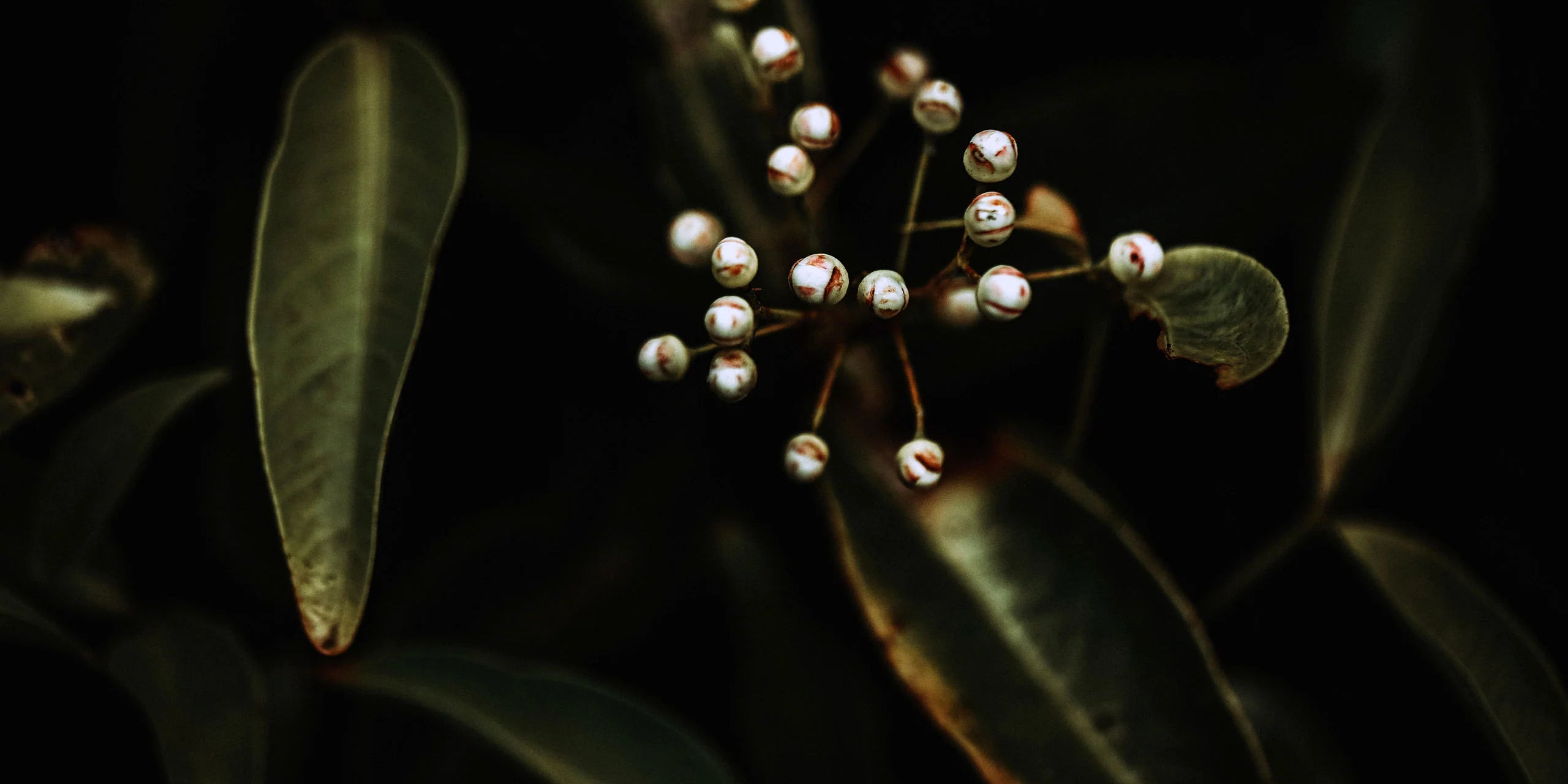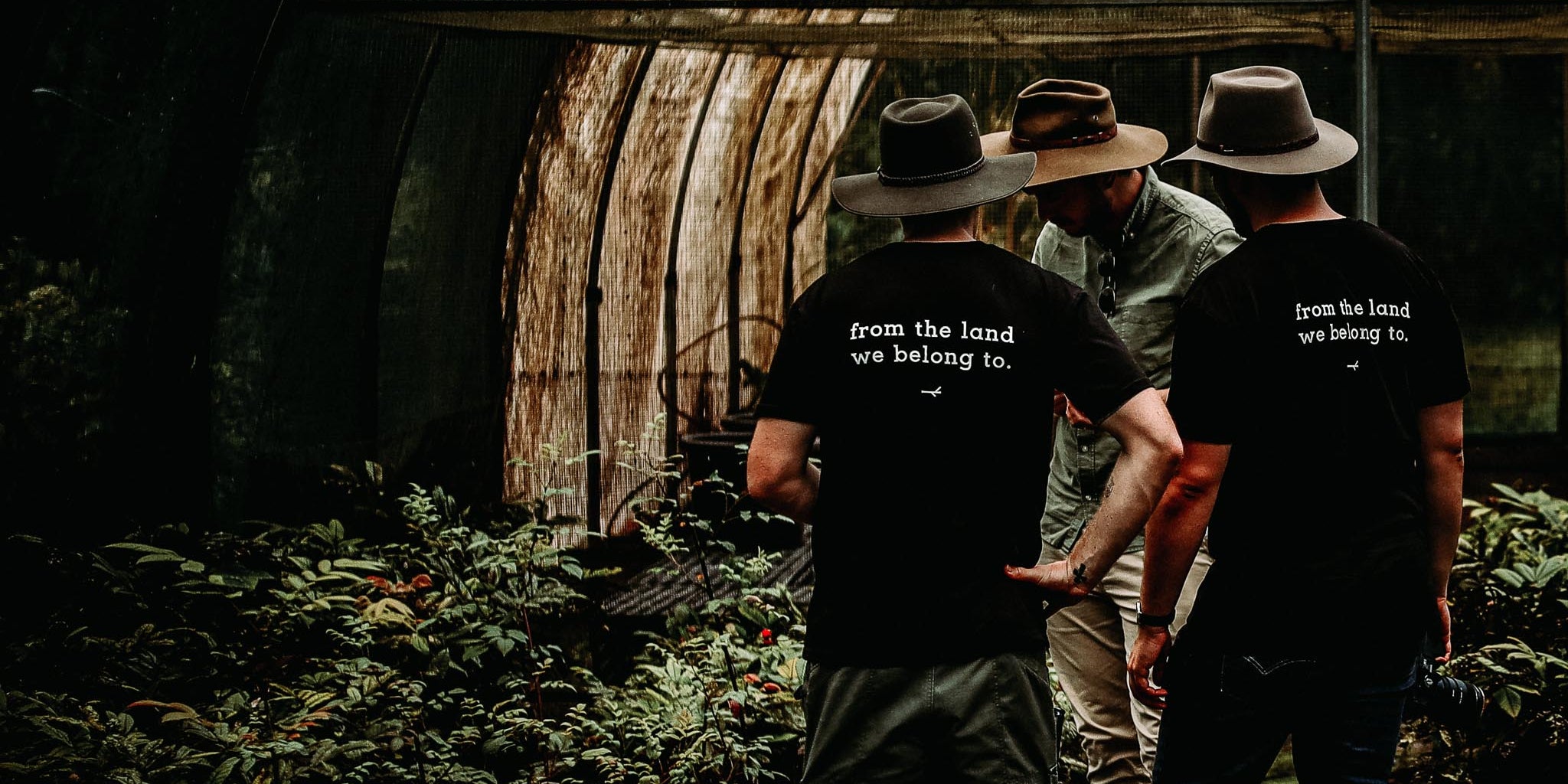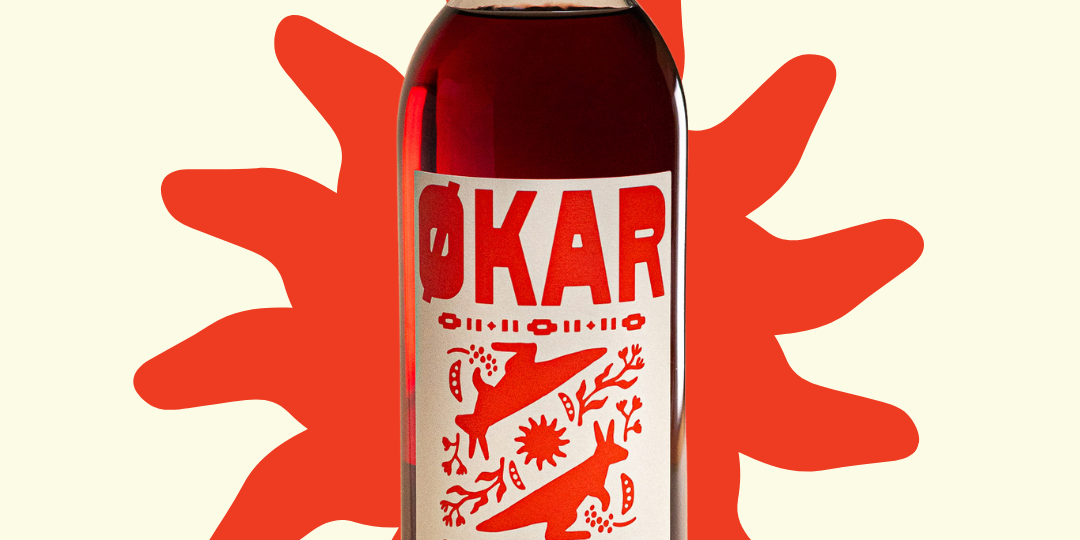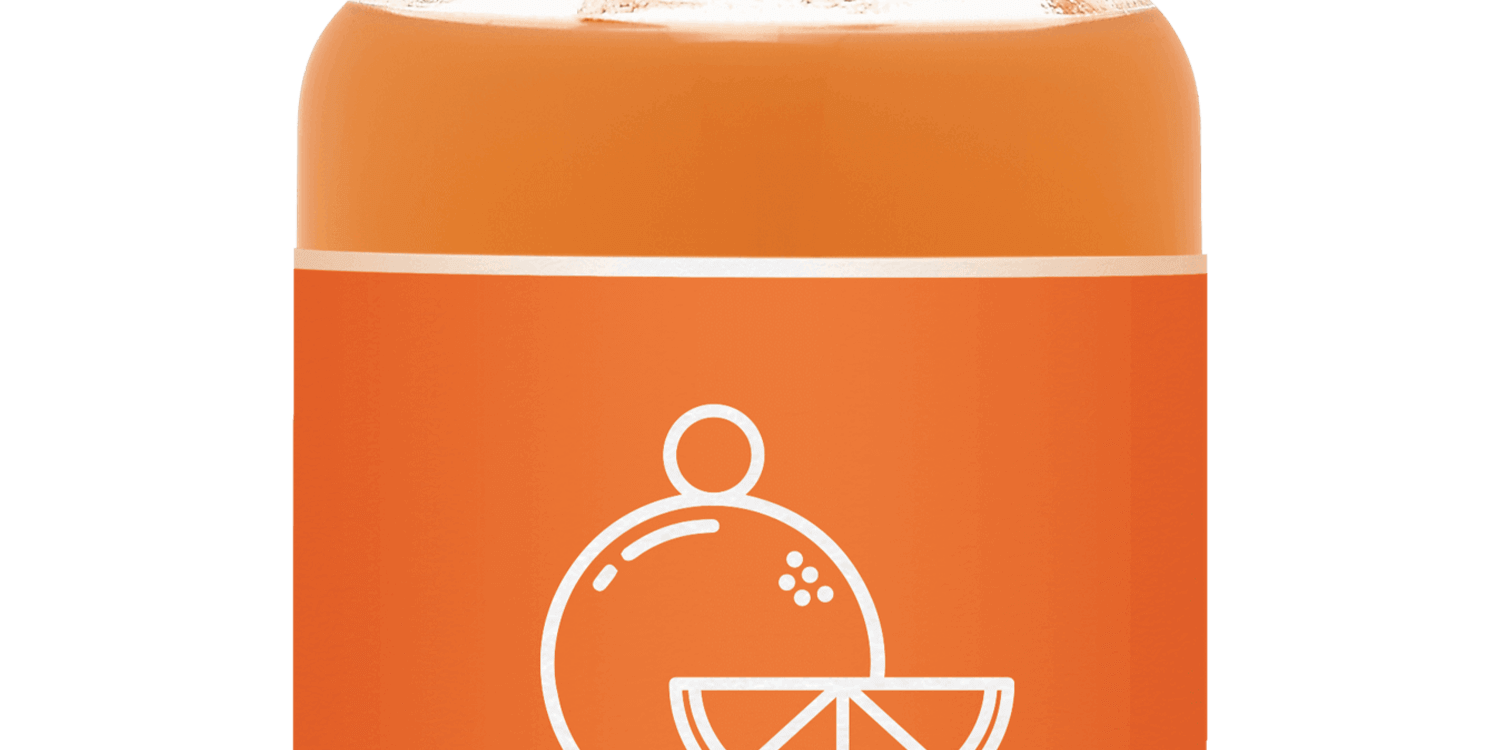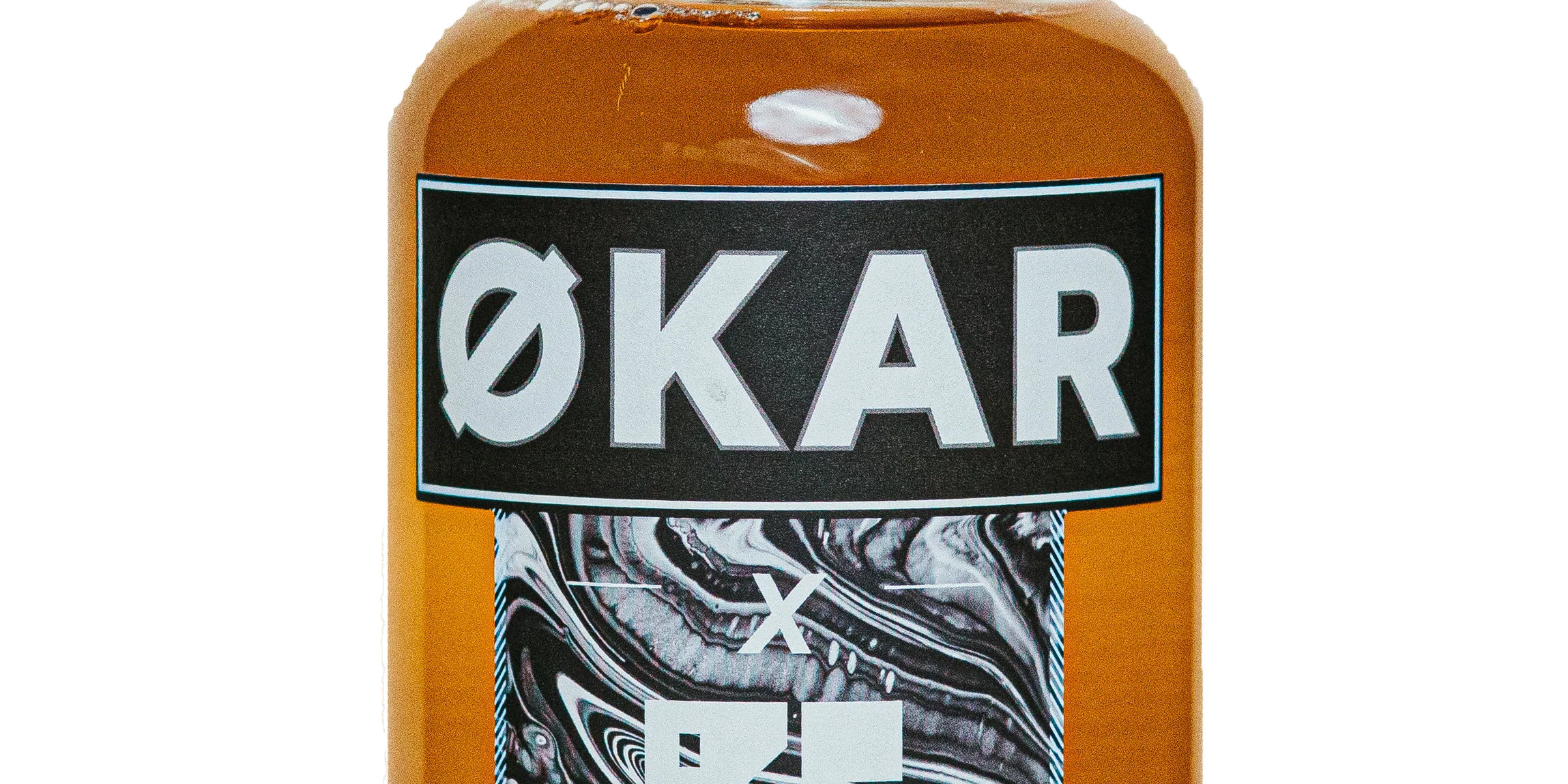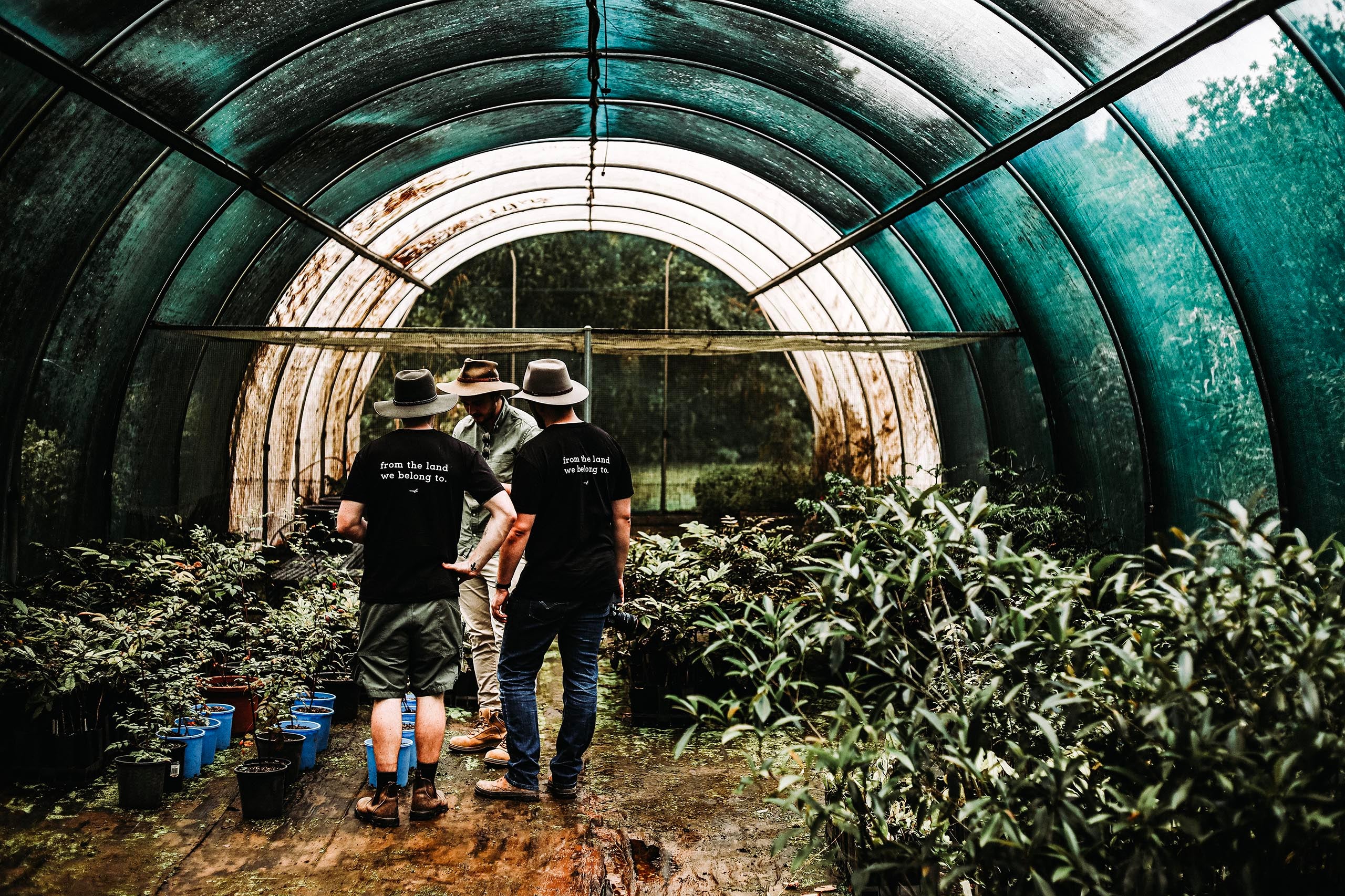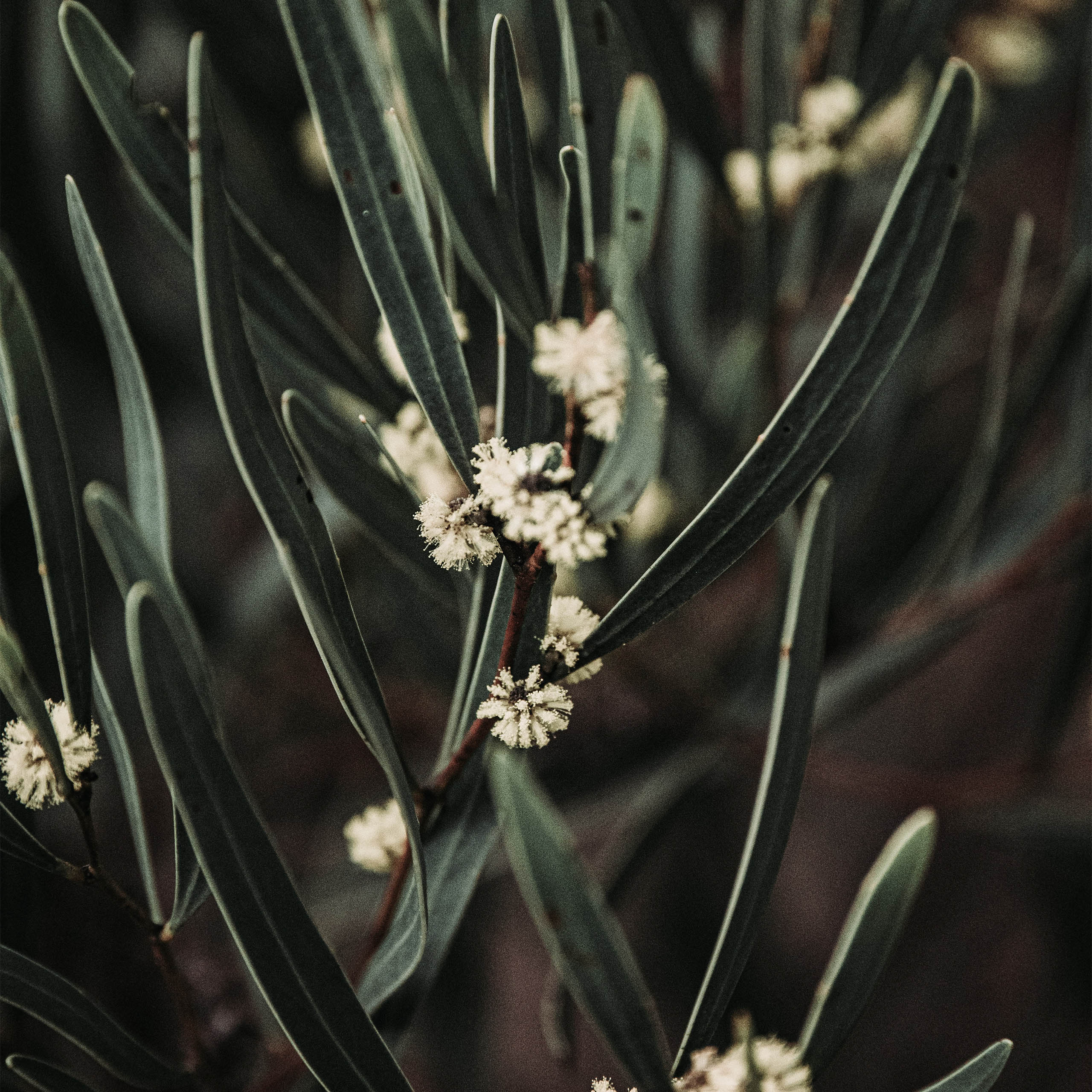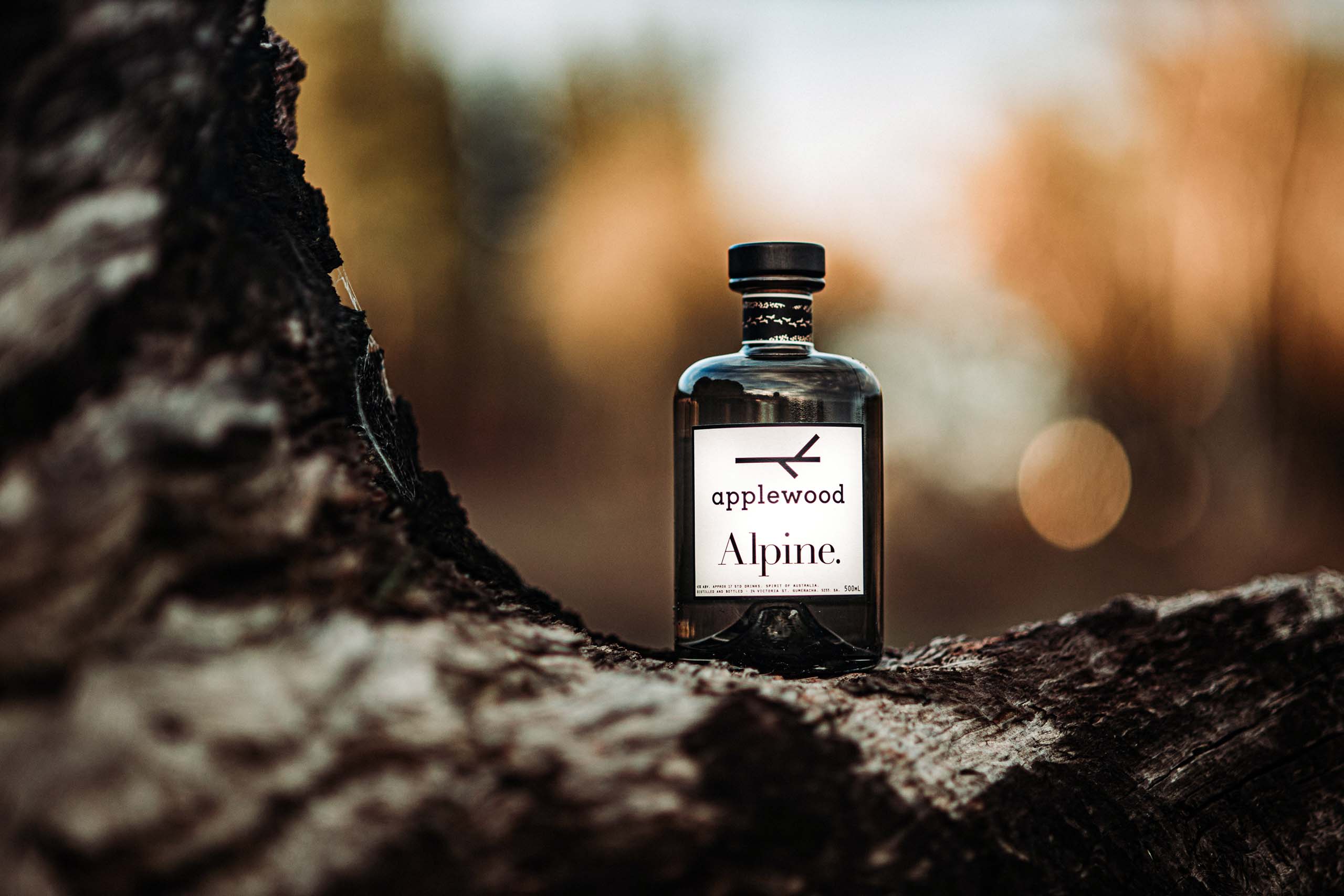Words By Samantha Payne.
This article was written on unceded lands, I pay respects to the Gadigal, Bidjigal and Birra-Birragal People, and I recognise their continuing connection to land, water and community. I convey profound respect to Elders past, present and emerging.
In this series, we want to open your eyes (and homes) to the potential of native plants and botanicals; they're culturally and historically significant but can also be medicinal and delicious.
But where does one even begin to grow native plants when we're so used to the more European herbs like rosemary and parsley or plants like oranges?
Clarence Slockee, Director and Founder of Jiwah, an Indigenous company specialising in cultural landscape and design, suggests that "Where you live and the aspect of your balcony or backyard will play a large part in what native species will be best suited to grow at home. On the East Coast, I'm sure many people would be familiar with things like Pigface/Sea Fig (Carpobrotus glaucescens) and Warrigal Greens (Tetragonia tetragonoides), two very hardy native species that are relatively easy to grow in a variety of settings."

Warrigal Greens from an Applewood team member's garden.
He continues, "An aesthetically pleasing native that will also do well are the bush mints (Prostanthera sp.) with their beautiful flowers and stunning aromatics. Growing these species is probably the easy part, as they all have a variety of uses and substantially different chemical compounds requiring specific preparation."
Clarence and the team have worked on big scale projects, such as the Cultural Landscape Farm and the Native Rooftop Farm in Sydney's South Everleigh. To smaller-scale ones, such as a project with the teachers and students at Tilman Park ELC that the children will use, they'll also get to care for the garden spaces, add to them, and learn from them as they grow.
"For any project, large or small and for home gardeners, site analysis is vital. All of the factors that come into play or are basic plant requirements have to be considered." Endemic species are, of course, a good starting point as they should be suited to that specific geographic location. He uses the analogy, "Plants, like people, may not get along with certain other species, so plant selection to enable an ongoing, harmonious plant community should also be considered.”
Hayden Marks, the founder of Melbourne Bushfood, a company that supplies plants and botanicals for the most eager of green thumbs, recommends starting small for those just starting on their native plant growing journey, "People should definitely begin growing species that are intended as a herb. One of our favourites is the native thyme as it has a strong aromatic smell which can be used straight away." He continues, "Many fruiting species take years before bearing fruit, so species which have an aromatic leaf have the quickest turnaround. People should have a search on what is indigenous to their local area; that way, they'll also be helping to improve biodiversity." Their website has excellent guides and How To's on propagating these natives in your home.
Clarence endorses some of his personal favourites for those feeling a little more adventurous (and have the luxury of space). "I can't go past bush lemons/limes, and finger limes for taste and they remind me of the far North Coast. For flavour and just an amazing looking (and tasting) fruit, it has to be the Rainforest Plum (Davidsonia pruriens.) As a useful and visually appealing native for your garden, I'm loving my Sydney Rock Orchids (Dendribium speciosum) that are just coming into bloom and the all-natural mozzie repellent that is Lemon-scented tea tree (Leptospermum petersonii.)."
There's always been an element of fear when it comes to incorporating native plants into your daily life as non-indigenous people, of being mindful to not appropriate someone else's culture and heritage as your own. So how do we explore this space whilst being respectful of the knowledge being shared?
Clarence believes the more people are involved in growing and incorporating natives into their lives, that this will continue the various native plants' survival. "I have no issue with people without Indigeneity wanting to incorporate native plants into their everyday lives. We must all play a part in caring for our native bushland and ensuring the future of our natural and cultural heritage. As the list of threatened, endangered and critically endangered native species grows, there is a growing need for education, appreciation and action." He continues, "What I do have an issue with is the misappropriation of traditional knowledge by unscrupulous individuals (and companies) for financial or commercial gain with little to no benefit for Traditional Custodians. There are far too many examples of biopiracy and cultural misappropriation to cite. Still, one merely needs to look to the fact that less than 5% of the economic benefit of the Bushfood Industry (>$20M annually) in Australia makes its way to First Nations people and communities."
Businesses like Melbourne Bushfood are a great example. They are very transparent about the company being a non-indigenous owned business and actively work to foster relationships and financially compensate the indigenous communities they are involved with.
As long as you approach the gardening of these plants holistically and respectfully, "Natives can be the opening for true reconciliation" enlightens Suzanne Thompson, director of Australian Native Foods and Botanicals (ANFAB). "We need to normalise not only eating these plants but also normalise having the discussions around them." Consider it a holistic approach to "these two worlds and how we integrate them".
The first step to this? Buy a plant, find some soil, water it and watch it grow.

Finger Lime
What blooms/sprouts when?
Spring
Lemon Myrtle (Backhousia citriodora) – all year round
Native Thyme (Prostanthera incisa)
Summer
Wattleseed (Acacia victoriae)
Riberry (Syzygium luehmannii)
Davidson Plum (Davidsonia jerseyana, Davidsonia pruriens)
Autumn
Muntrie (Kunzea pomifera)
Bush Tomato (Solanum centrale)
Finger Lime (Citrus australasica)
Mountain Pepper (Tasmannia lanceolata)
Winter
Geraldton Wax (Chamelaucium uncinatum)
Quandong (Santalum acuminatum)
